There have always been people adapting lenses to other camera systems, but it was really the release of the Sony A7 that completely changed the game, being the first affordable fullframe mirrorless camera with a short flange focal distance, Liveview and built-in EVF.
This not only made it possible to use long forgotten legacy lenses from decades ago on a modern camera, it also led to some of the most sophisticated adapters we have seen so far. This was the end of 2014 and since then a lot has changed, so let us see what are the reasons to adapt lenses and in what cases it is still worth it today.
Reasons for adapting lenses
Desired lenses are not available natively
After the introduction of the fullframe E-mount cameras it took a long time before all the holes in the lineup could be filled (as it now takes a similarly long time for Nikon Z and Canon RF). Even for some of the basic bread and butter lenses customers had to wait several years to be released. What made things worse: some of the earlier lenses weren’t particularly great compared to older and cheaper lenses from the competition. This drove many people to adapted lenses to fill those holes. A big help here was the early availability of AF adapters for Canon EF lenses that opened up the whole EF world to E-mount users.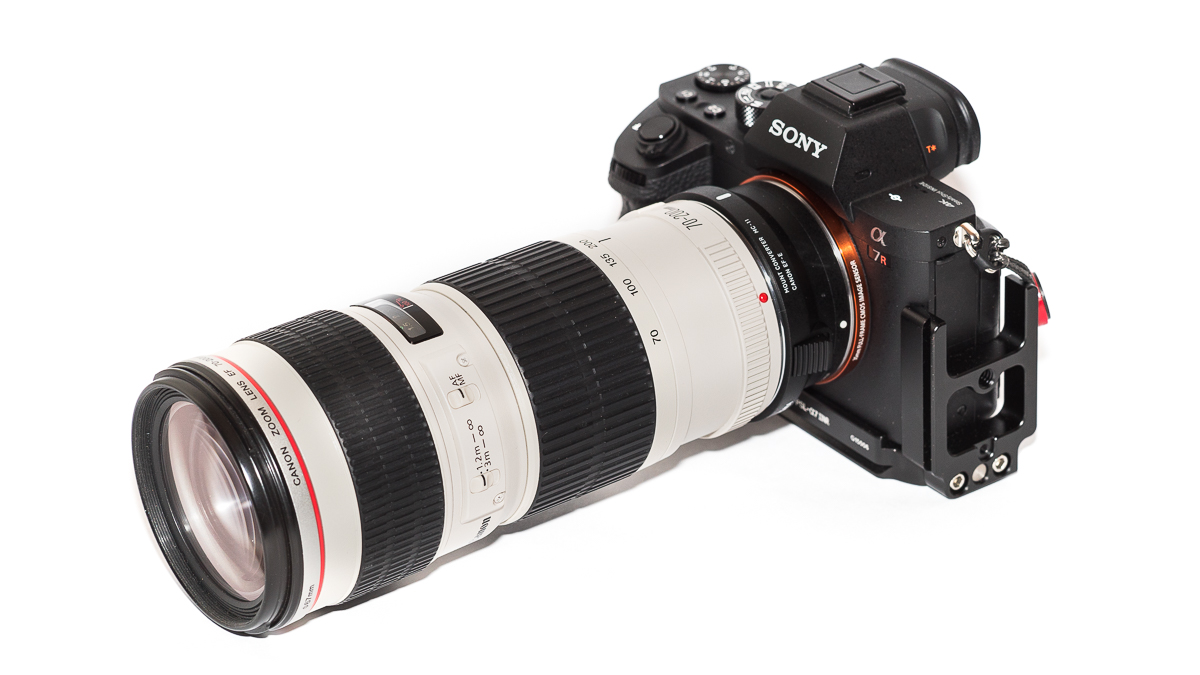
Here the situation changed dramatically over the course of 9 years. The latest E-mount lenses are often the best balanced and highest quality lenses of a certain focal length/maximum aperture combination across all systems. Compared to Z, RF and L-mount we also see the greatest support and investment from third party manufacturers. It is actually hard to find something that is still missing.
So those that felt forced to adapt modern lenses to get the job done because there were gaping holes in the lineup, I am pretty sure they moved on by now and are not really interested in adapting EF lenses or the likes anymore.

Sony A7rII | MS-Optics Aporis 135mm 2.4 | f/2.4
The situation is a bit different when it comes to more exotic or character lenses with a special rendering though, where there is no E-mount version available and in some cases most likely never will be. I am thinking of lenses like the Canon EF 200mm 1.8L, Tilt/Shift lenses or fast legacy lenses that give a certain look hard to achieve with modern lenses. For me personally also the Sigma 180mm 5.6 Apo Macro and the MS-Optics 135mm 2.4 Aporis are lenses where I doubt we will be seeing comparable native lenses anytime soon (if ever) so looks like I will keep using them on E-mount cameras.
Adapted lenses are cheaper than native ones
When the fullframe E-mount system was still young there was no used market yet, so everyone who wanted a native lens had to buy one of the few available lenses new from dealer at – sometimes outrageously high – MSRP. I am really looking at most of the Zeiss Batis/Loxia, but also early ZA and some G lenses here.
Sony A7rII |Canon EF 135mm 2.0 L | f/2.0
Canon EF 135mm 2.0L + Sigma MC-11 for less than half the price of a Zeiss Batis 135mm 2.8? Sure thing!
At that time also many old manual focus SLR lenses could be found at bargain prices, because they were useless on DSLRs as they could not be adapted to those due to their flange focal distance. Also here the situation changed dramatically. Thanks to blogs like this people figured out which of the old lenses are still useful and in many cases the prices skyrocketed. The craziest example are the fast Canon FD L lenses like the nFD 24mm 1.4L. When I got my first A7 these could be bought for something like 700 bucks, now they sell for 10 times as much – apparently here the filmmakers are to blame though, as they seem to love the rendering of those lenses and have them rehoused to be used for cinematography.
Personally I find it very hard to recommend spending big money on those 40-70 years old lenses. Haze, fungus, balsam separation, sticky/oily aperture blades, failed repair attempts, lack of spare parts coupled with usually no warranty – the risk is high.
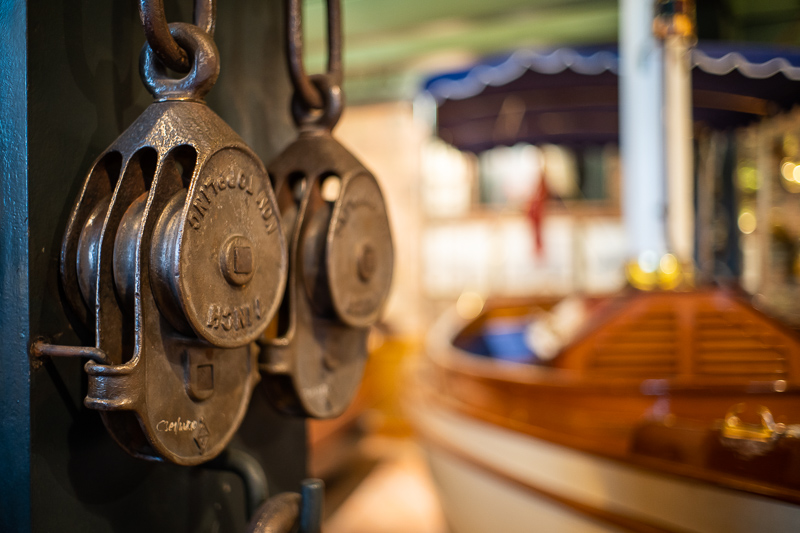
Sony A7III | Pergear 35mm 1.4 | f/1.4
And then there are the new Chinese manufacturers. In many cases their new releases make tracking down a good sample of a comparable legacy lens completely obsolete. You can often get these lenses for less money, new from dealer with warranty.
The TTArtisan 50mm 2.0 FE is smaller than any old SLR 50mm lens with adapter and costs only 64 bucks while offering similar optical performance. I see very few reasons to prefer something like the Nikon Ai-s 35mm 1.4 over the Pergear 35mm 1.4. The latter can be bought for $129 new while the Nikon commands collector’s prices 5 times as high.

Sony A7III | TTArtisan 50mm 1.4 E | f/1.4
In the early days of FE cameras price was a really good reason to adapt lenses, but I am not really seeing this anymore. We have affordable AF lenses from Samyang and Tamron, very affordable MF lenses from TTArtisan/Pergear/AstrHori/etc., competitively priced high end lenses from Sony themselves – and a healthy second hand market.
You already own lenses from a different system
When the A7 was first released I am pretty sure many customers were already invested in a different camera system before. This is definitely the case for me, having used fullframe Nikon DSLRs before.Now in the past – more often than not – when a manufacturer created a new mount it was made sure that the old lenses were not usable on those fancy new cameras anymore. Think of the transition from Minolta MD to A or Canon FD to EF mount.
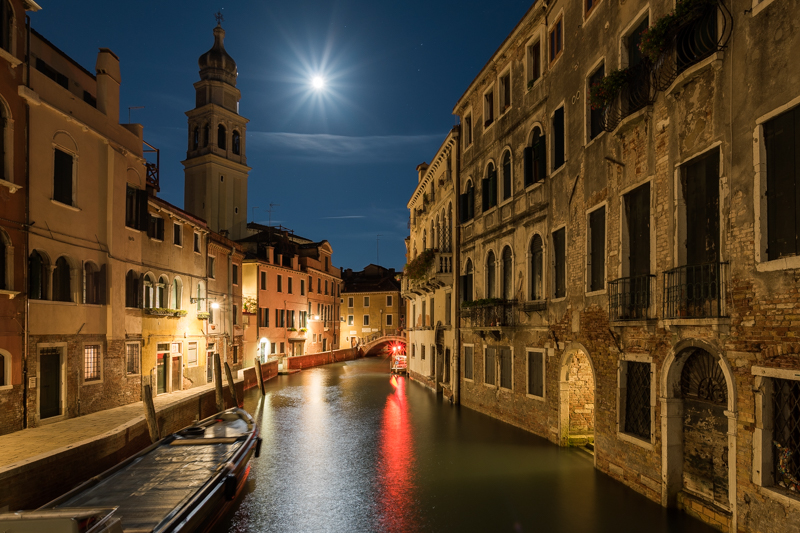
Sony A7s | Nikon AF-S 20mm 1.8G | f/11
But with the introduction of the fullframe mirrorless cameras the situation was drastically different: not only was it possible to use old Sony A-mount lenses via adapter on those new cameras, it was even possible to use lenses from pretty much any other manufacturer, sometimes even with electronic communication and AF.
This coupled with Canon and Nikon not really being interested in getting into the fullframe mirrorless market early led to a significant stream of Canon/Nikon users getting a Sony camera. These days, I guess most of those that still have a cabinet full of Nikon F or Canon EF lenses are more likely to get one of their own fullframe mirrorless offerings though.
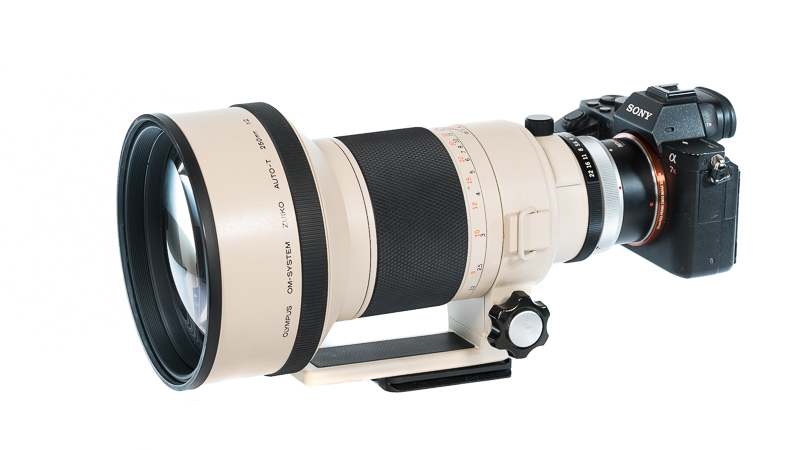
Olympus OM 250mm 2.0 Zuiko Auto-T on Sony A7rII
However, if you still have a lens set from a now “dead” mount like Canon FD, Minolta MD, Olympus OM or Leica R (to only name a few) adapting those to any of the modern fullframe mirrorless lenses is still a very good idea to be able to keep enjoying those lenses.
Native cameras are too expensive
This argument is pretty much limited to Leica M-mount cameras but it is still valid today. To me personally the first somewhat well rounded fullframe digital M-mount camera was the M10 (and it still has its issues). The M9 series has no Liveview but a corrosion problem and the M-240 is a bit fat, but even those are still $2000 to $3000 on the used market.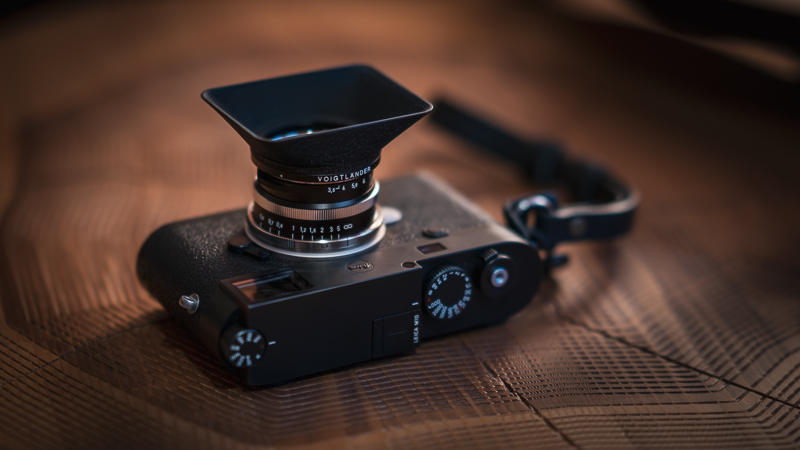
Voigtlander VM 21mm 3.5 Color-Skopar with LH-11 lens hood on Leica M10
The Leica M camera market is also a bit different from that of Sony/Canon/Nikon. Ignoring the fact that there are way more users of the latter brands to begin with, many of those just sell their old camera on the second hand market when they upgrade to a newer model. With Leica I have the feeling many users rather keep and collect their old cameras to highlight in a showcase. New models are also being released sparsely and we are still (maybe constantly) in a situation similar to that of the early Nikon fullframe DSLR days: the D700 was the only desireable fullframe option for years, so during that time the used prices were more stable than the Great Pyramid of Giza.
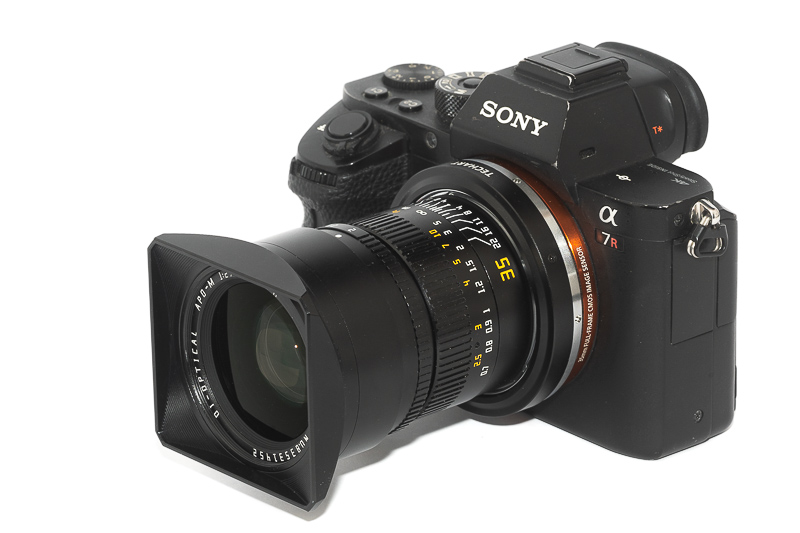
TTArtisan attached via Techart LMEA9 to Sony A7rII
I am sure a Sony A7II with nice built-in EVF and IBIS for $600 used from a dealer with warranty starts to look appealing here. I also often hear of people replacing their rangefinder camera with a modern AF camera because of eyesight issues, so add a Techart LM-EA9 AF adapter to the equation and you can use your beloved M-mount lenses with AF on a Sony or Nikon mirrorless camera.
If you are a regular reader of course you are aware of the limitations when using some of these – especially wide angle – rangefinder lenses on an E or Z-mount camera, but for sub $2000 (read: less than an old M9 and way less than an M10) you can also find Kolari UT modified Gen II or even Gen III A7 series cameras on the used market – or if you happen to live in the US simply have your own camera modified there.
I still see some people doing this (I also do it myself even though I have a Leica M10), but this is of course a niche of a niche kinda thing and only really relevant to those that like the small manual focus rangefinder lenses.
Conclusion
Compared to almost 10 years ago there are less reasons now to adapt lenses and I also think to many people it is less appealing these days, mainly thanks to the great lineup of native lenses we can choose from now.That being said some very good reasons remain to this day. Compared to the restricted choice of lenses during the DSLR era I personally cherish the ability to adapt lenses from a plethora of different 35mm systems spanning over decades, almost a century even.
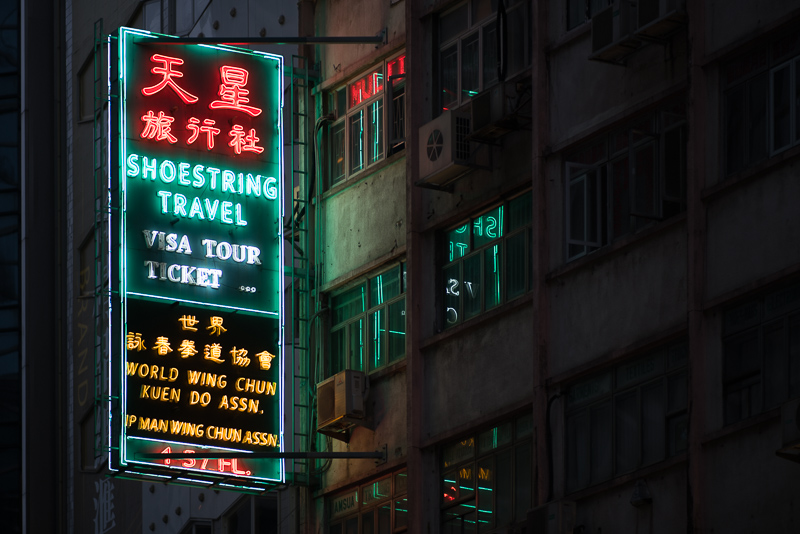
Sony A7rII | Olympus OM 180mm 2.0 Zuiko | f/2.0
Especially because this gives us the option to bring new life to exotic and interesting lenses from the past that would otherwise end up in some collector’s dry cabinet.











